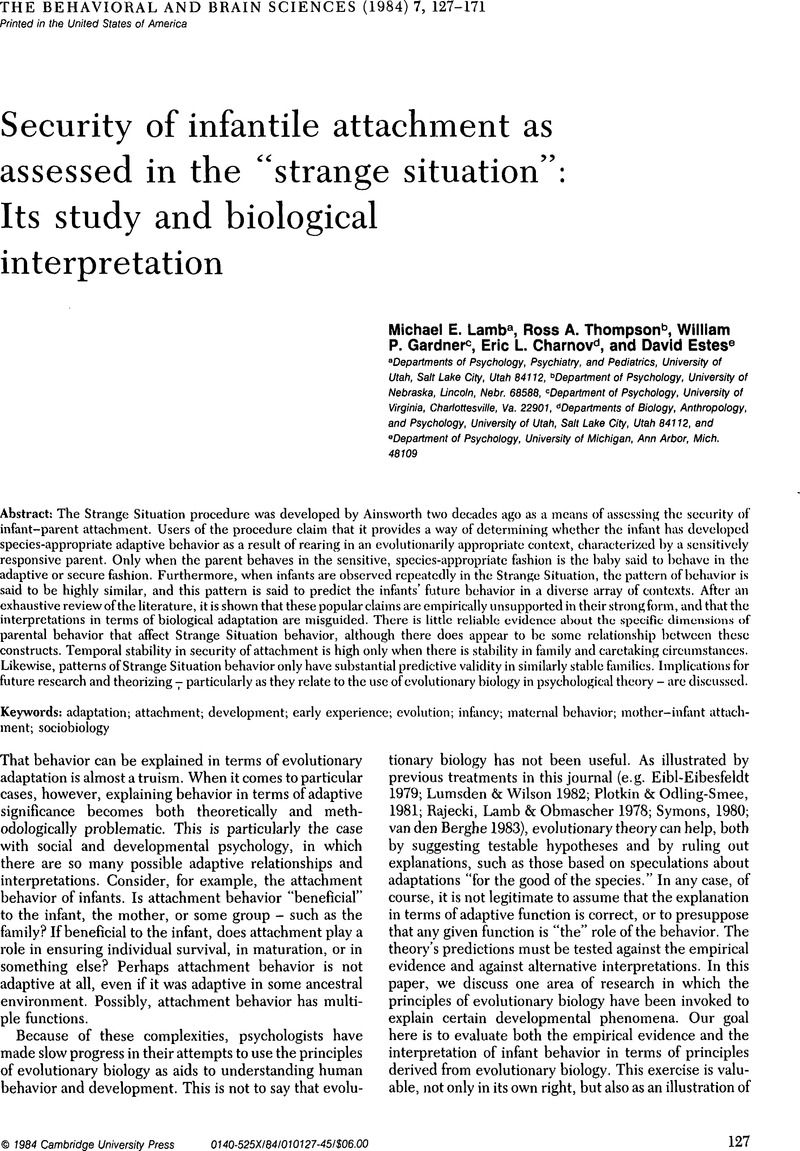Crossref Citations
This article has been cited by the following publications. This list is generated based on data provided by Crossref.
Verschueren, Karine
Marcoen, Alfons
and
Schoefs, Veerle
1996.
The Internal Working Model of the Self, Attachment, and Competence in Five-Year-Olds.
Child Development,
Vol. 67,
Issue. 5,
p.
2493.


